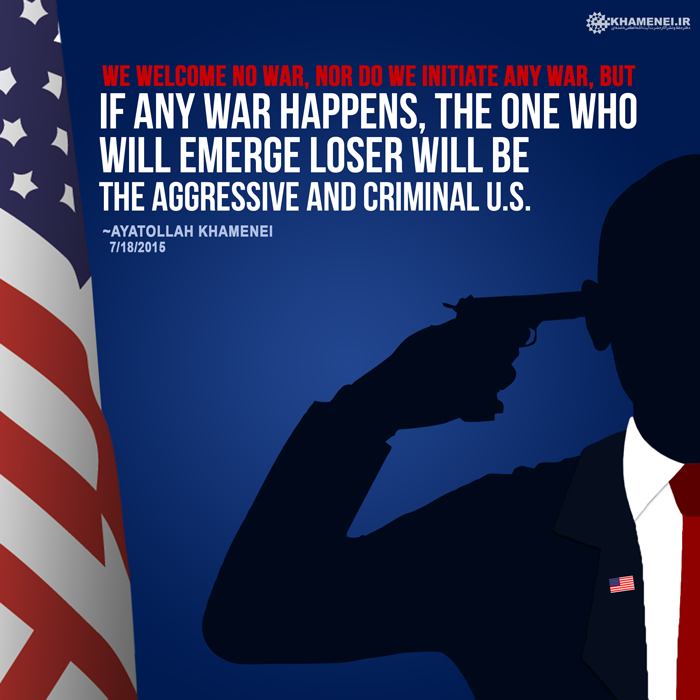WASHINGTON — Renewed calls for more restrictive gun laws, following a succession of fatal shootings in the United States, immediately appear to be generating a boost for the gun industry.
Newly released August records show that the FBI posted 1.7 million background checks required of gun purchasers at federally licensed dealers, the highest number recorded in any August since gun checks began in 1998. The numbers follow new monthly highs for June (1.5 million) and July (1.6 million), a period which spans a series of deadly gun attacks — from Charleston to Roanoke — and proposals for additional firearm legislation.
While the FBI does not track actual gun sales, as multiple firearms can be included in a transaction by a single buyer, the National Instant Criminal Background Check System 's numbers are an indicator of a market upswing in the face of growing anxiety about access to guns.
"Whenever there is a call for gun control, sales increase,'' said Larry Keane , general counsel for the firearm industry trade association National Shooting Sports Foundation . "Unfortunately, this is a pattern that repeats itself.''
The summer trend is not on par with the panic buying boom that followed the 2012Newtown massacre , which jump-started state and federal campaigns for a host of new firearm measures. During the months that followed the Connecticut attack, which featured new calls for an assault weapons ban and expanded background checks, apprehensive gun buyers emptied the shelves of dealers across the country. Yet, the recent uptick represents a similar buying pattern that dates to the uneasy period before 1994 adoption of the assault weapons ban. (That ban expired in 2004.)
Virginia Del. Patrick Hope, a Democratic member of the state Assembly who proposed an expansion of background checks following last month's shooting deaths of two journalists near Roanoke, said the stockpiling of weapons represented an "over-reaction.''
 Khamenei.ir
Khamenei.ir









